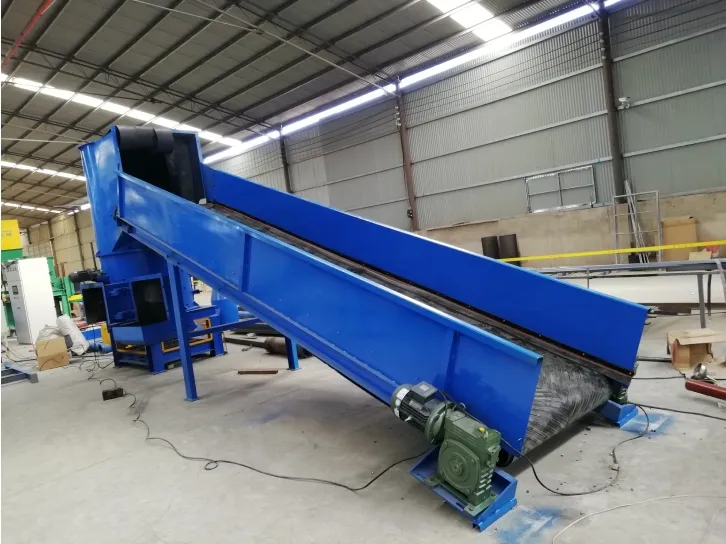
10 月 . 11, 2024 19:51 Back to list
How to Properly Dispose of E-Waste
In our increasingly digital world, electronic devices have become an essential part of our daily lives. From smartphones and laptops to tablets and televisions, electronic gadgets are constantly evolving, leading to massive amounts of electronic waste (e-waste). E-waste is not just a concern for environmental sustainability; it also poses significant health risks when not disposed of properly. Understanding how to dispose of e-waste responsibly is crucial for both individuals and communities.
What is E-Waste?
E-waste refers to discarded electrical or electronic devices that are no longer in use. This can include broken, obsolete, or unwanted devices, such as computers, televisions, smartphones, and household appliances. According to estimates from the United Nations, around 50 million metric tons of e-waste are generated globally each year, and this number is expected to rise. E-waste often contains hazardous materials such as lead, mercury, and cadmium, which can leach into the environment and pose significant health risks.
The Importance of Proper E-Waste Disposal
Improper disposal of e-waste, such as throwing it in the trash or dumping it illegally, can lead to environmental contamination and health issues. Many electronic devices contain toxic substances that, when disposed of in landfills, can seep into the soil and waterways, harming wildlife and potentially entering the human food chain. Additionally, e-waste can release greenhouse gases when incinerated, contributing to climate change.
Proper e-waste disposal helps mitigate these harmful effects. Recycling and reusing electronic devices can conserve natural resources, reduce energy consumption, and lower greenhouse gas emissions. Moreover, it helps recover valuable materials like gold, silver, and rare earth elements, which can be reused in new technologies.
How to Dispose of E-Waste Responsibly

1. Assess the Device Determine whether the electronic item is truly obsolete. Sometimes, a simple repair or software update can extend the life of a device. Additionally, consider donating or selling still-functioning devices, as many organizations accept second-hand electronics.
2. Locate E-Waste Recycling Centers Many communities have e-waste recycling programs or designated drop-off centers. Research local options through government websites or environmental organizations. Be aware of special collection events that may occur in your area.
3. Manufacturer Take-Back Programs Many manufacturers and retailers have take-back programs that allow customers to return old devices for proper recycling. Check with companies like Apple, Samsung, or Best Buy to see if they offer such services.
4. Data Security Before disposing of any electronic device, ensure that all personal information is securely wiped. Perform a factory reset to remove all data, or use specific data-deletion software to protect your private information.
5. Follow Local Regulations Different regions have specific laws and regulations regarding e-waste disposal. Familiarize yourself with these guidelines and adhere to them to avoid legal repercussions.
6. Educate Others Share your knowledge about responsible e-waste disposal with family, friends, and colleagues. Raise awareness in your community about the importance of proper disposal methods and the benefits of recycling.
Conclusion
As technology continues to advance, the issue of e-waste will only grow. Proper disposal and recycling of electronic devices are vital steps in protecting our environment and health. By following the guidelines outlined above, we can all contribute to a more sustainable future. Taking responsibility for e-waste disposal will not only reduce its negative impact on our planet but also promote a culture of sustainability that values and preserves our natural resources. Remember, small actions can lead to significant change.
Latest news
Unveiling the Power of Eddy Current Separator
NewsSep.25,2024
Transform Your Home Recyclin:home metal shredder
NewsSep.25,2024
The Future of Waste Management with Recycling Line Picker
NewsSep.25,2024
The Benefits of a Metal Recycling Plant
NewsSep.25,2024
Revolutionize Material Separation with Onwang Technology
NewsSep.25,2024
Innovative Waste Management: Unveiling the MSW Sorting Plant
NewsSep.25,2024